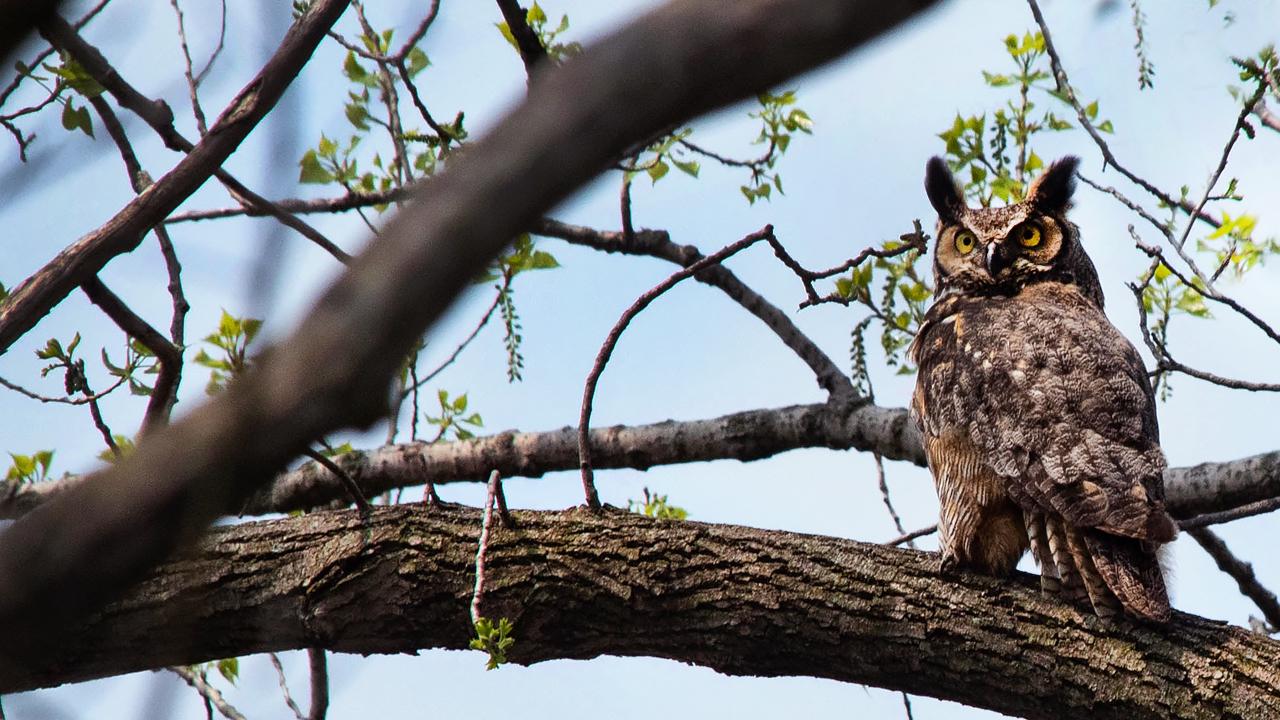To most people, the word “pollinator” is synonymous with the word “bee,” but only a fraction of plants are pollinated by bees.
In fact, many different insects and mammals are pollinators—bats, birds, beetles, moths, and more. As part of National Moth Week, we wanted to highlight our work on a very special group of moths: the Sphingidae, or hawkmoths, which pollinate more than 106 plant species in North America alone, and many more around the world.

